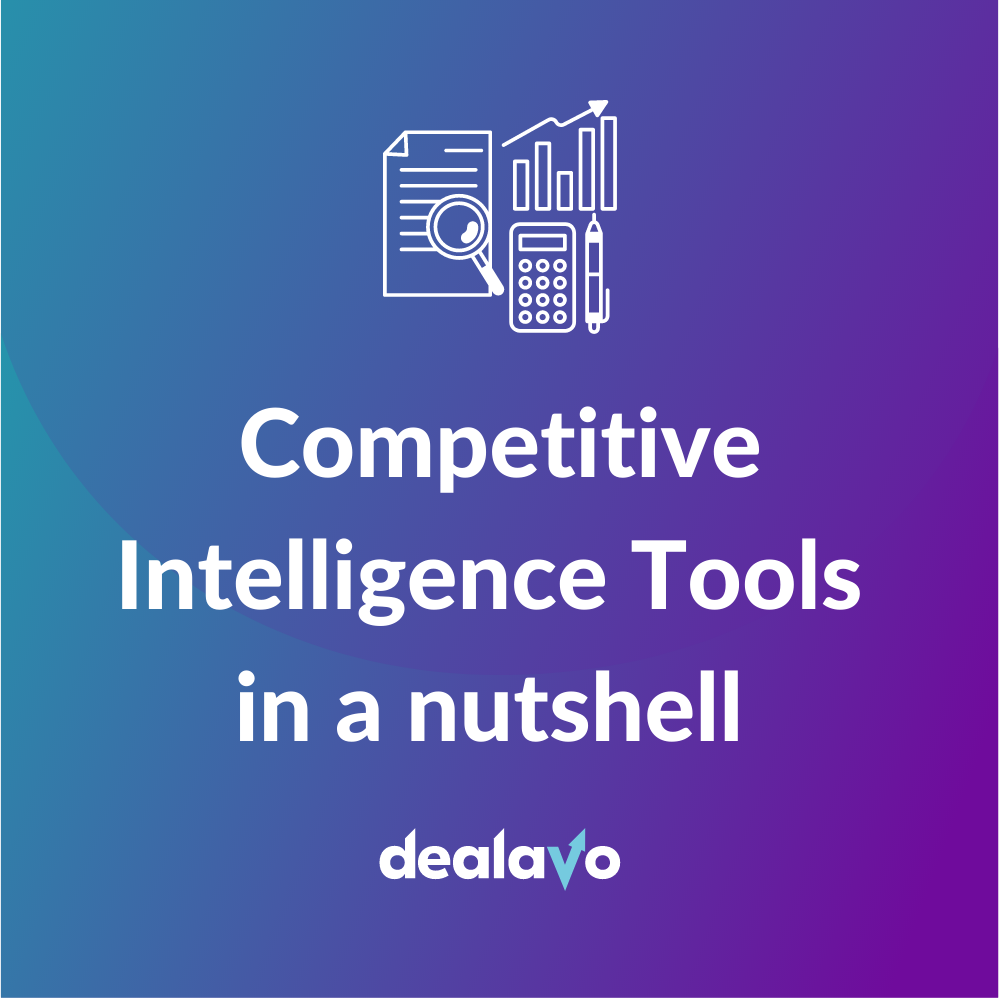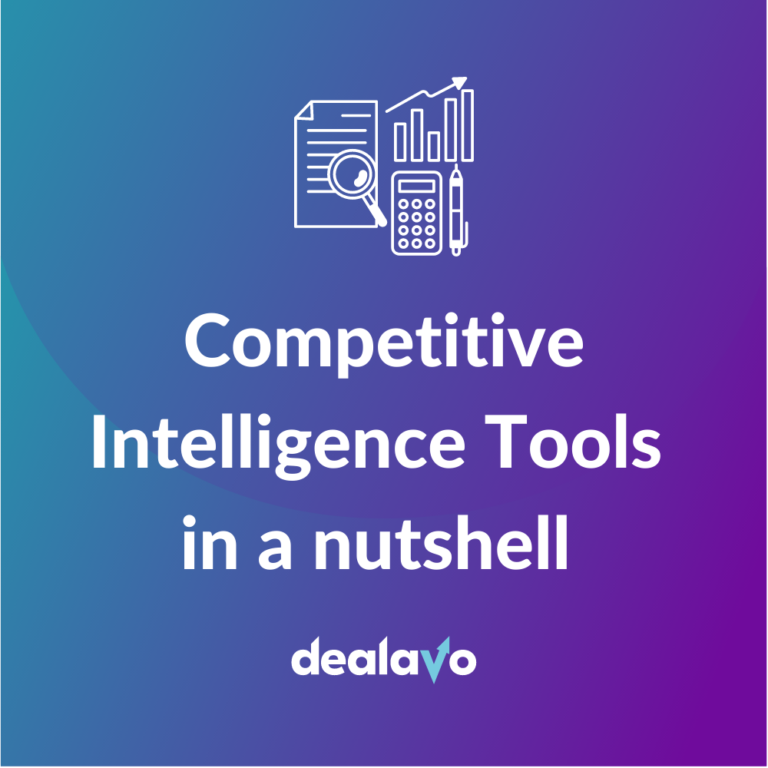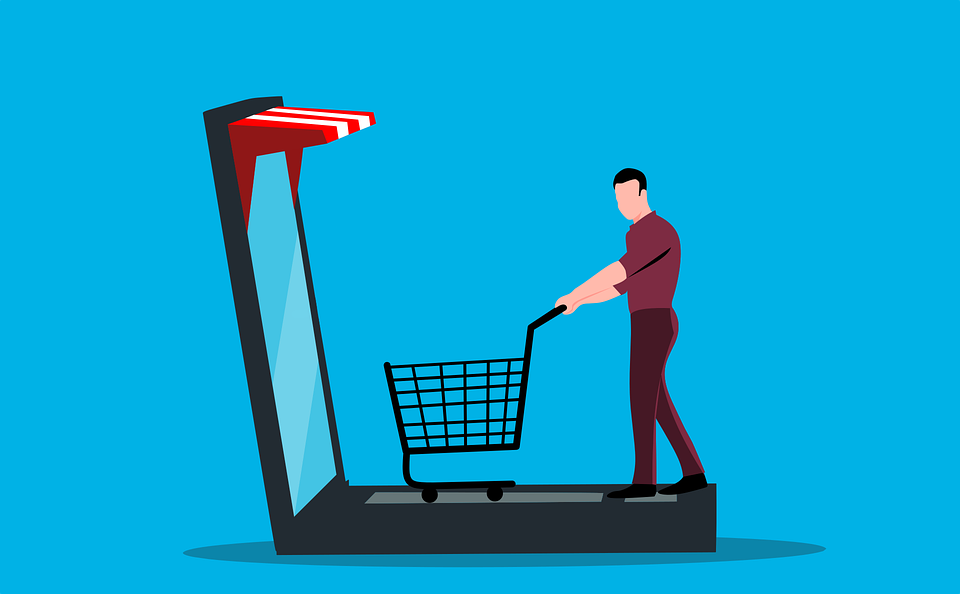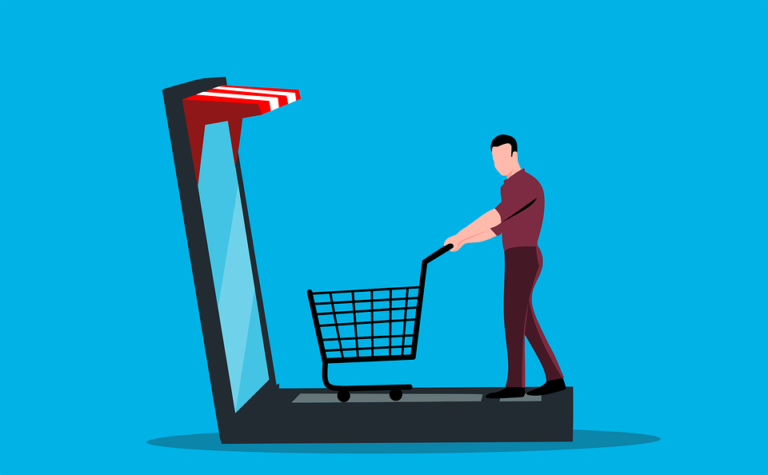
Rising Manufacturers’ Prices Got You Worried? Try These 5 Strategies for Retail Success
- 21 June 2023
Inflation, rising manufacturers’ prices, and higher costs of almost every product and service – that’s the current business landscape in the majority of countries. How can you, as a retailer, respond? What can you do to cope with ever-increasing prices? We’ve listed five strategies that will help you maintain your income without rising prices significantly.
Before we start, though, one important note: The strategies below will help you minimize the effects of inflation and other adverse economic factors. However, as inflation is still a genuine thing, you must be prepared to react in a way that will help you stay afloat.
So, what can you do to help your business?
Review your prices and costs (all of them!)
The first thing you ought to do is double-check every price in your store. Perhaps some of your products are still sold with old (read: high) profit margins. If you can lower your income at least a bit, perhaps you won’t have to increase your prices or increase them just slightly.
As a part of your review, check all the costs in your company, and not just product-related costs. Perhaps you can move to a cheaper but still good e-commerce platform or use a more affordable hosting service. Now, we’re not saying you should compromise your services’ quality. But be open, and look for alternatives. Sometimes you’ll be able to find a service that’s still good but cheaper.
You can also consider reducing some of your costs by:
- Offering cheaper alternatives
- Sourcing products/semi-product from other vendors
- Minimizing your store’s inventory (do you really need hundreds of products in stock?)
Lastly, if inflation affects only just some of your products, you can think of lowering the price for other products or services in order to compensate for the fact that other products are now more expensive.
LET CUSTOMERS PICK THEIR PRICES
If your products can be customizable or offered in different options, you can follow the “good-better-best” strategy and offer three (or more) versions of your products. Let the customer decide whether they want a cheaper or more expensive version of a given product.
Car manufacturers know what we’re talking about here. Almost any car on the market can be bought in a cheap (basic) version and an expensive (fully loaded) one – let the customer’s wallet decide. If you’re creative, you can think of similar solutions for many different products!
Product bundles and additional services
You can implement bundle pricing in your store – reward customers for buying more products with lower per-unit prices. We’ve talked a lot about product bundles in the linked post on our blog; you should read it!
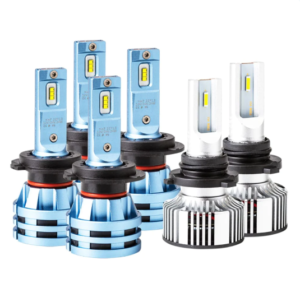
An example of a product bundle; source: https://www.carlightingdistrict.com/products/the-ultimate-pack
And if you have any questions about this service, our team is ready to help! And what about additional services? If you can, you should add them to your offer. You can even consider offering some services for free to make the final price of the product seem more attractive. For instance, if you’re selling leather apparel and shoes, you can add free shoe polish and a second pair of shoelaces as freebies. Customers will appreciate this “gift” and the slightly higher price will, as a result, be easier for them to swallow.
Look for more vendors and consider outsourcing
This advice is good in any market conditions, really. You should always diversify your vendors. And we get it; it takes some effort, but the juice is definitely worth the squeeze! More vendors mean that your business is more stable, even in difficult market conditions.
Perhaps you could look for vendors offering the same or similar products in other countries? If you’re operating in the US or Western Europe, finding better deals in other countries is relatively easy.
And what about outsourcing? Nowadays, you can outsource almost anything, from call center to pricing software like Dealavo. Take a look at the areas of your business that generate the majority of costs and look for outsourcing opportunities. Although it can be a risky move, you can even fully outsource your store’s contact center, so you don’t have to employ every agent full-time. It’s the same story with shipping and storing products – see what order fulfillment has to offer.
Again, we’re not saying that you should fire everyone and work with third-party vendors only. At least partly, your team should be YOUR team, not some third-party team. But with a smart approach to outsourcing, you can significantly lower your company’s costs.
Be transparent about your prices
In today’s market conditions, your customers usually understand that prices go up everywhere. If the increase in your company is not huge, they should be understanding. However, you should still be upfront about them – explain why the prices in your store are now higher. Ensure your customers that your company is committed to providing high-quality service; people always value such an approach, even if they don’t like the new prices. Concentrate on the value your store/company offers.
Use our superweapon: Dynamic pricing
Lastly, we want to turn your attention to our AI-powered algorithm enabling dynamic pricing. It’s the most advanced service in our offer. Dynamic pricing algorithms continually monitor the situation in the market and among your competitors in order to help you maintain the optimal prices in your store. And yes, sometimes, these algorithms recommend lowering the price of a given product. In other instances, though, e.g., when you’re the only company offering a given product, they can suggest rising the price.
With dynamic pricing, your store maintains optimal prices that are both profitable to you as a seller and attractive to your customers. Would you like to know more? Take a look at this comprehensive guide: The Complete Guide to Dynamic Pricing.
